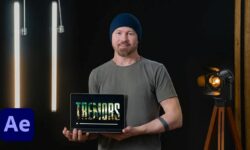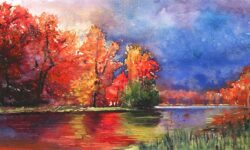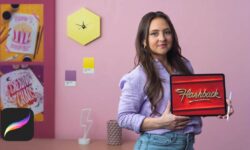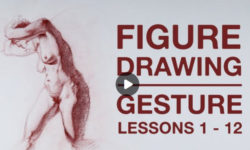Introduction to Children’s Illustration (Spanish, Multisub)
Release date:2022
Author:Adolfo Serra
Skill level:Beginner
Language:Spanish
Exercise files:Not Provided
Learn to illustrate a classic story using manual and traditional techniques
Combine your passion for drawing and reading literature by creating illustrations that are “worth a thousand words”. In this course, illustrator Adolfo Serra teaches you how to illustrate a classic children’s story, providing a personal vision of the text through images. He shows you the essential steps for taking on a children’s illustration editorial project based on a story, from creating first sketches and experimenting with new techniques to the creation of your final illustration.
What you learn in this course can be applied to any illustration assignment or challenge that involves illustrating for text. It will help you start or expand your portfolio as an editorial illustrator and involves exploring different workflows to create unique illustrations with both manual techniques.
What will you learn in this online course?
Start by getting to know Adolfo Serra’s work in-depth, his professional career, his projects and some books he has published. He shows you what a day in the life of an illustrator is like and the importance of drawing as a tool for fostering creativity.
To create three different illustrations, which will serve as a sample of your potential for being a children’s illustrator, Adolfo Serra explains different tips and methods for being creative when interpreting and illustrating a story.
Next, he takes on illustrated books and albums as the foundations for children’s illustration. He explores the relationship between the words and images, the sequence and narration, and the book’s rhythm. Adolfo shows you some examples of albums he finds especially interesting.
He looks at classic piece of literature and show you how to take advantage of it, emphasizing the strengths of traditional stories and their validity today compared to other story types.
Then he explains how to analyze and conceptualize a text, extracting the main ideas and showing you how to transform words and ideas into sketches that will be your future illustrations.
He explains several illustration techniques for using in your projects: ink, monotype, and collage. See his method for creating three different types of illustrations.
Find inspiration by experimenting with different pictorial techniques and ideas. Once finished with this course, create a series of three finished illustrations from the same project or story that will serve as the starting point for a book, or form a part of your portfolio as a children’s illustrator.
What is this course’s project?
Just like Adolfo Serra does with Alicia in Wonderland, you will interpret a classic tale or story of your choice, using your vision as an author and illustrator.
Create three illustrations with a unique and coherent style that will serve as a starting point for creating your own illustrated book or as part of your children’s illustrator portfolio.
Who is this online course for?
The course is aimed at creative people who want to explore the world of children’s illustration through a classic text, tale, or story.
This is a course for those who love stories and aren’t afraid to get their hands dirty, as well as illustrators and designers looking for new techniques.
Requirements and materials
To complete this course you will need, above all else, the desire to draw, experiment, and put aside your fear of blank pages.
You will need a notebook or mixed media paper appropriate for the final illustrations, a notebook or sketching paper, ink, paintbrushes, wax, pencils, an eraser, oil, a small print roller, scissors, glue, papers of different weights, and acetate. A small box of watercolors or colored pencils is also nice to have.



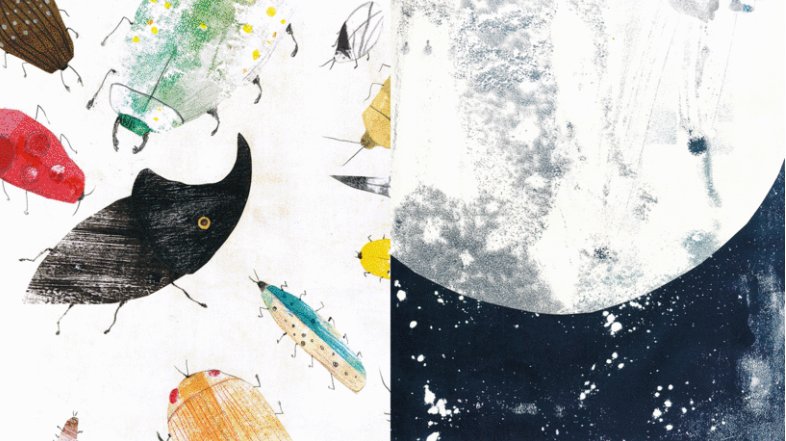

 Channel
Channel